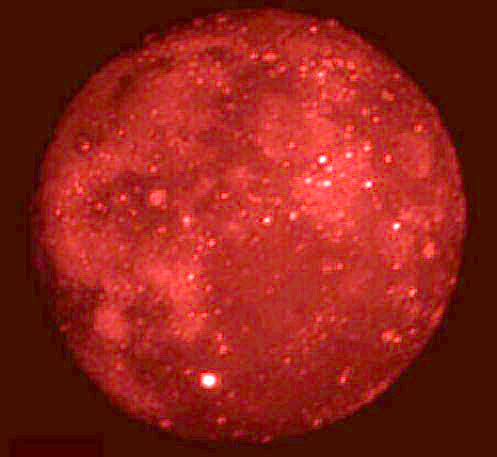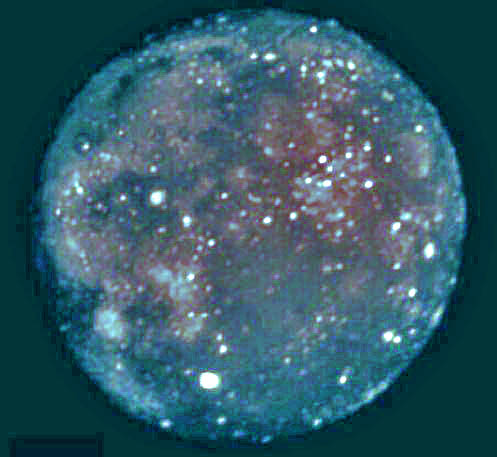Difference between revisions of "April 28, 2005"
| Line 36: | Line 36: | ||
<p align="center" class="main_titles"><b>Author & Editor:</b><br> | <p align="center" class="main_titles"><b>Author & Editor:</b><br> | ||
[mailto:tychocrater@yahoo.com Charles A. Wood]</p> | [mailto:tychocrater@yahoo.com Charles A. Wood]</p> | ||
| − | < | + | <!-- Cleanup of credits --> |
| − | + | <!-- Cleanup of credits --> | |
| − | < | + | <!-- Cleanup of credits --> |
| − | + | <!-- Cleanup of credits --> | |
| − | + | <!-- Cleanup of credits --> | |
| − | < | + | <!-- Cleanup of credits --> |
| − | < | + | <!-- Cleanup of credits --> |
| − | + | <!-- Cleanup of credits --> | |
| − | < | + | <!-- Cleanup of credits --> |
| − | + | <!-- Cleanup of credits --> | |
</td></tr> | </td></tr> | ||
</table> | </table> | ||
Latest revision as of 15:14, 15 March 2015
Red Moon (and Blue Too)
Image Credit: Mehrdad Moshir & the DCATT Team, MSX Project |
|
Red Moon (and Blue Too) We observe in visible light, and most of our imaging doesnt stray far from there. But the Moon radiates in other wavelengths as well, providing different information. This rosy Moon image was taken during the Sept. 27, 1996 lunar eclipse by the Midcourse Space Experiment satellite. The image was obtained at 4.2 microns. Although this is well into the infrared (IR), an image of the Moon in direct sunlight would be dominated by reflected IR from the sun, but this shadowed view during eclipse reveals the heat actually being radiated by the cooling Moon. If the Moon were made of only one type of material, and all the pieces were of the same size, there would be a uniform glow. But the shades of grey and the bright spots show that that is not the case. The bright areas are warm and the darker spots are cooler. The first thing to note is that the familiar pattern of the maria and highlands is not conspicuous. But if you look closely youll see that most maria are lghter (and hence warmer) than the highlands. This is because, I think, that the maria are younger and have less regolith (fragmental ejecta) that acts as an insolator and holds in the heat. The maria are radiating their heat away faster and hence look brighter. The bright spots are very young and fresh impact craters with many exposed rocky surfaces that radiate heat even faster. Tycho is the big hot spot near the bottom, but it is harder to identify the smaller hot spots. The blue image (mouseover) is my extreme stretch and color balance of the image that reveals many more hotspots, includng Copernicus, Langrenus, etc. I bet some computer wiz can superimpose this blue image on a map or full Moon view and identify many of the hot spots, and thus the youngest craters on the Moon. Yesterday's LPOD: A Busy Place Tomorrow's LPOD: Ask and Ye Shall Receive |
|
Author & Editor: |
COMMENTS?
Register, Log in, and join in the comments.





